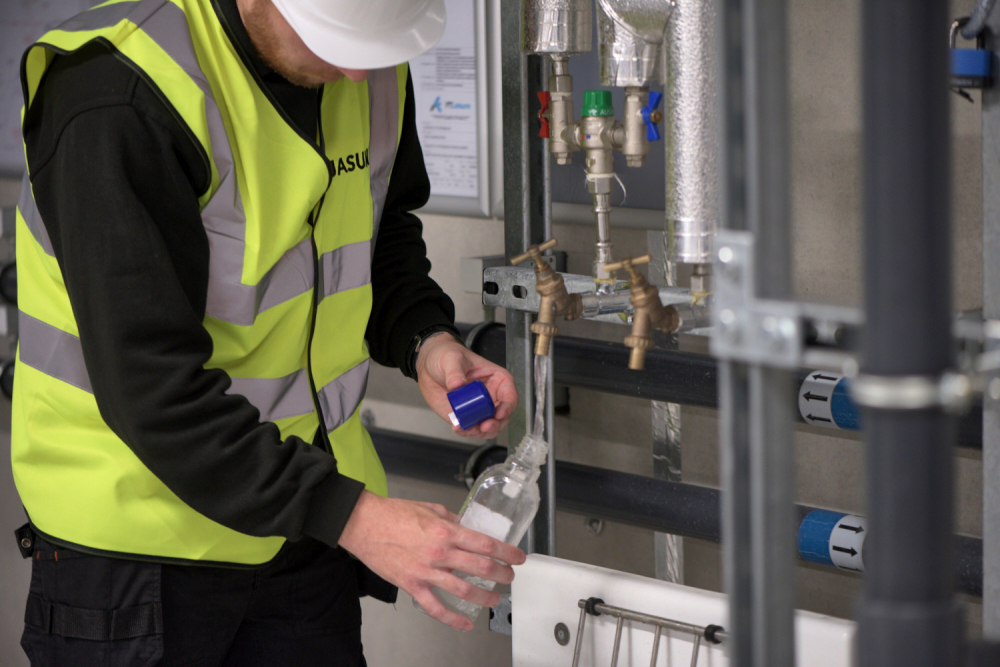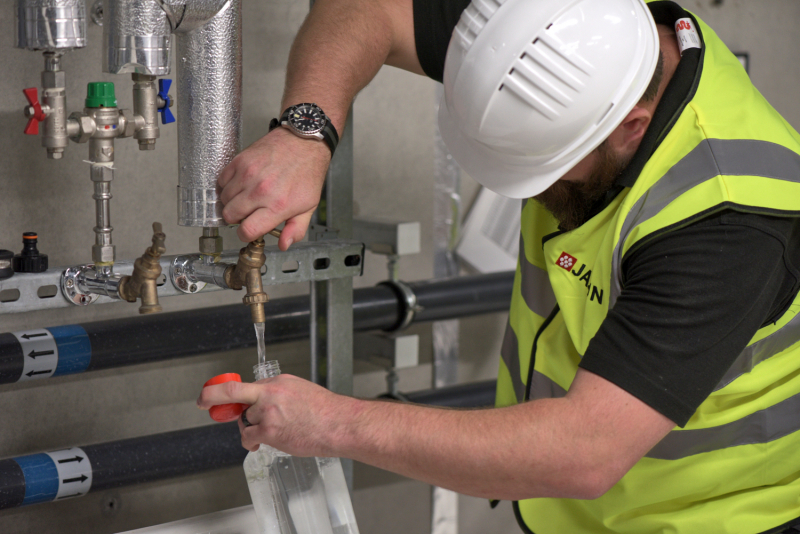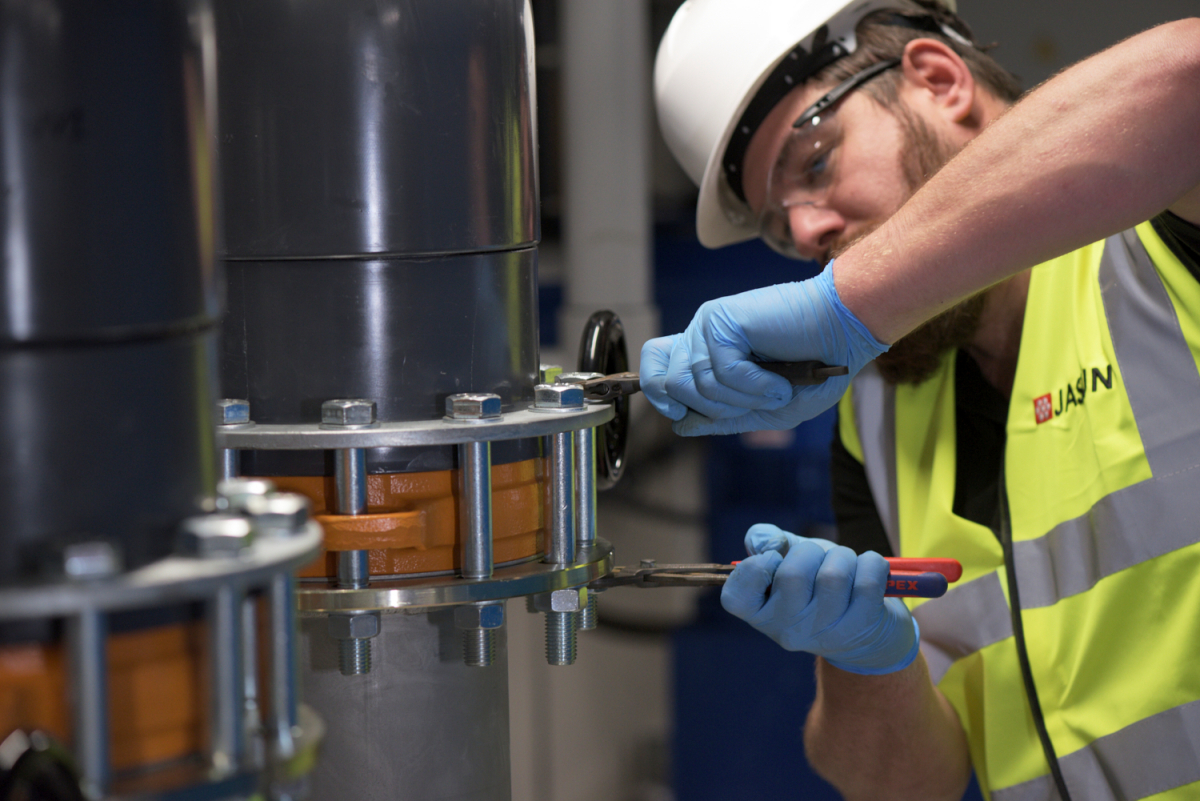
Maintaining a safe and compliant water system isn’t just good practice – it’s essential.
Whether you're managing a commercial property, healthcare facility, or industrial site, water quality directly impacts health, safety, and regulatory compliance.
Our expert water sampling service is designed to help you stay ahead of potential risks, ensuring your water systems are clean, safe, and fully compliant with industry standards.
Monitor water quality
We conduct thorough testing for harmful bacteria and contaminants, including Legionella and other waterborne pathogens. Early detection is key to preventing health hazards and costly disruptions.
Stay compliant
Navigating water safety regulations can be complex. As a member of the Legionella Control Association (LCA), we adhere to the highest standards in water hygiene. Our service ensures your business meets all relevant legal and industry requirements.
Detailed analysis & reports
Receive comprehensive test results with clear, actionable recommendations. Our reports are designed to support ongoing water safety management and help you make informed decisions.
Why choose us?
- Expertise you can trust – backed by years of experience and LCA accreditation.
- Proactive risk management – identify and address issues before they escalate.
- Peace of mind – know your water systems are safe, compliant, and well-maintained.
Book your water sampling service today
Protect your business and the people who rely on it. Contact us to schedule your water sampling and take the first step toward safer water systems.



